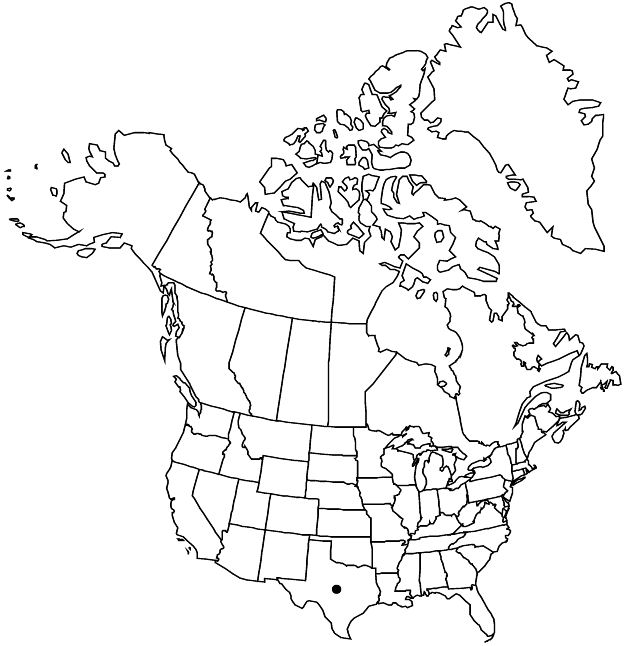Difference between revisions of "Vauquelinia corymbosa subsp. angustifolia"
Sida 12: 148. 1987.
FNA>Volume Importer |
FNA>Volume Importer |
(No difference)
| |
Revision as of 20:38, 24 September 2019
Shrubs [trees], 15–70(–100) dm, multistemmed [single-stemmed]. Leaves: petiole (6–)9–28(–40) mm; blade green or yellow-green, linear to linear-oblong, (3.5–)6–13(–18.5) × (0.3–)0.5–0.9(–1.3) cm, base obliquely cuneate to truncate-subcordate, margins usually serrate, sometimes partly doubly serrate, rarely entire, teeth (3–)5–10(–14) per 5 cm, 0.2–1.5(–2.5) mm, apex acute to rounded, mucronate, lustrous, surfaces tomentulose, tardily glabrescent. Corymbs 2.5–5.5 × (3–)3.5–6(–7) cm, mostly glabrate [tomentulose or canescent]. Flowers: hypanthium 1.7–2.5 × 2.5–3.8 mm, floccose or sparsely villous to glabrate; sepals (1.2–)1.5–2.4 × 1.5–2.3 mm, margins glandular; petals oblong-ovate to oblong-obovate, 2.4–4.5(–5.6) × 2–3.5 mm; filaments 2.7–5 mm. Capsules 5–7.5 × 3.5–5.4 mm. Seeds 4.4–4.8 × 1–1.3 mm. 2n = 30 (Mexico).
Phenology: Flowering spring.
Habitat: Limestone, rarely igneous rock slopes and canyons, and gypsum flats, Chihuahuan Desert scrub and chaparral
Elevation: 1000–1500 m
Distribution

Tex., Mexico (Chihuahua, Coahuila).
Discussion
Subspecies angustifolia is found in the flora area only in the mountains of Brewster and Presidio counties. Its leaves are typically 20 times longer than wide, with marginal serrations approximately one per centimeter or rarely entire; its inflorescences are mostly glabrate.
Selected References
None.